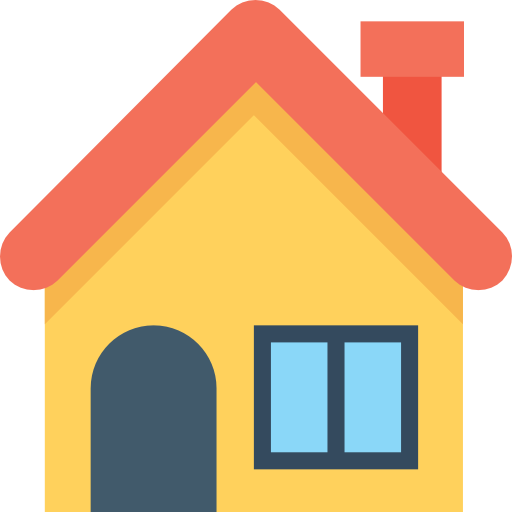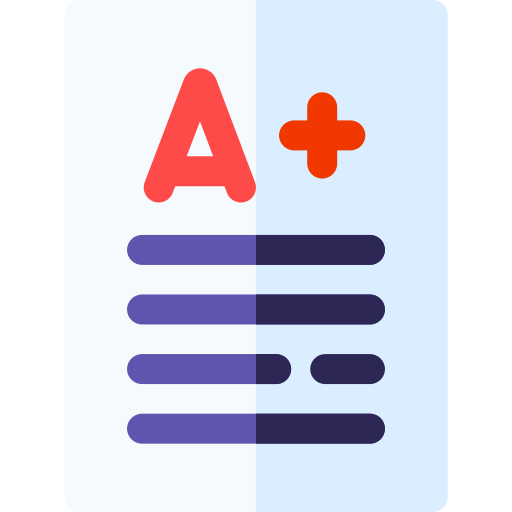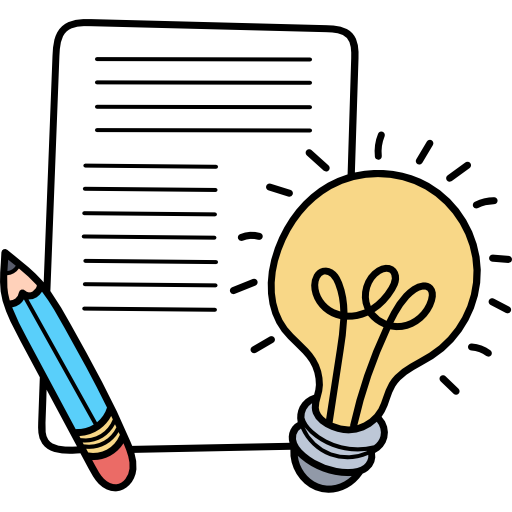دليل المعلم 2020 2021 دراسات اجتماعية منهج إنجليزي صف سادس فصل ثالث
Lesson 1: How the Government Functions
THE ROLES AND RESPONSIBILITIES OF GOVERNMENT
Governments and political systems organize and manage countries. Political systems that work well create an organized and safe living environment for people who live in the counties. Each system is based on the cooperation of political leaders, who discuss, debate, and decide policies, and officials who put policies into action
It can be an exciting event to see political leaders argue and debate the advantages and disadvantages of policy ideas. However, when a decision has been made, the government depends on the skills and abilities of officials to carry out the policies
Most governments have a constitution. A constitution is a document that explains the roles and responsibilities of all the governmental departments and positions. The constitution explains the processes of government-how laws and policies are developed and carried out. It is the responsibility of political leaders to make sure that they follow these processes to ensure the welfare of their citizens
The responsibilities of government officials are to carry out and enforce the laws and policies made by the political leaders. Some of these responsibilities include managing social programs, regulating the economy, granting licenses, and giving information to citizens
Officials may give advice on policymaking to political leaders, which means that officials need to be politically neutral. In other words, their responsibility is to give unbiased advice on policies to keep the government running smoothly and effectively
Lesson 3: The City-State of Ancient Greece
THE CITY-STATES OF ANCIENT GREECE
Around 3000 BCE civilizations with clearly defined borders and a central government emerged. One civilization, Ancient Egypt, ran along the Nile River and included important oases around the kingdom. The borders of another civilization, Sumer, extended from the Persian Gulf to the area between the Tigris and Euphrates Rivers. As borders of early civilizations became clearer, an important concept emerged: the concept of the state as a political structure
The ruins of early Greek city-states dating from around 850 BCE were discovered by archeologists on the Mediterranean island of Cyprus. By the 6th century BCE, there were hundreds of city-states along the ancient Greek coastlines
A city-state in ancient Greece consisted of a densely populated area or city surrounded by a territory belonging to it. Each city with its territory was an independent state
Greek city-states could be as small as 10 square kilometres with a population of about 1,000, or quite large. The largest city-state, Athens, was 2,500 square kilometres with a population of over 200,000 people. An ancient Greek city-state was called a polis. This is where the modern word 'politics' comes from. The polis was self-governing and able to defend itself from attack
From 450 BCE to 350 BCE, city-states gradually joined together forming larger federations, such as the Thessalian League, the Arcadian League, Peloponnesian league, and others. By joining together, the city-states could combine their resources to protect themselves
The Warmup asks students to brainstorm how countries are divided into smaller areas (SOC.3.1.01.036)
Activity 1 is designed to check student comprehension of the information provided in the text (SOC.11.01.013, SOC.3.1.01.036)
Social Studies Grade 6 - Teacher Guide I Term 3
workshop. During the Industrial Revolution, a large number of goods were mass produced in factories at one time
In factories, the process of making a product was broken down into a series of tasks. Where possible, machines did the tasks with one person supporting many machines. Using new machines and technology made goods easier and cheaper to produce. This created higher profits for factory owners. People who worked in the factories were paid for their work
Many people preferred working in factories over working on farms. Cities grew as people moved from farms to work in factories and other businesses. The changes in peoples' lives from rural farming societies to urban societies is called the Social Revolution
As the economies changed from farming to producing goods and the societies changed from rural to urban, political systems changed. Wealth was no longer connected to owning land. Owning factories and business became more important than owning land
During the 20th century, some political systems in Europe and elsewhere began to change to allow people more participation in government. One way people participate in government is by choosing their leaders and lawmakers. Other countries in Eastern Europe and Asia chose a different systems such as socialism or communism. In these two systems, the important idea is to eliminate social classes and to treat everyone the same. No one should be very rich and no one should be very poor. Over time, political systems changed to meet the needs of the people governed by the political systems
Developing a political system is a complicated process. Some questions that framers of a government need to ask are: How should citizens be able to participate in the political process? How should laws be created? How should political power be transferred to the next leaders? How should the economy be managed? Different countries answer these questions in different ways, which leads to the establishment of different political systems
Governments create, interpret, and execute laws. Laws are the rules that every member of society must obey. All countries have a legal system to protect people who live in their countries. However, not all political systems create, interpret, and execute laws in the same way. In this lesson, two different political systems are presented: parliamentary and presidential systems
Most governments have three different branches-egislative (the branch that creates laws), executive (the branch that executes or carries out laws), and the judicial (the branch that interprets laws)
In a parliamentary system, the legislative and the executive branches of government are very closely connected. The leader comes from the legislative branch. This means that the people do not elect a single leader They elect a party or group of political officials. The leader is elected by the party or appointed by other means
In a presidential system, the legislative and executive branches are kept separate. This is called 'separation of powers,' where each branch of government is independent and balances the others. The idea is that by separating the branches, each branch will have limited power. All the branches must work together to draft, interpret, and execute laws
Two types of laws are presented in this lesson: civil laws and criminal laws. Civil laws deal mainly with problems between individuals. Criminal laws focus on violations of state or national laws. In criminal law, disputes may be decided by a judge or a jury. A jury is a group of people who are called to listen to the evidence and decide on the innocence or guilt of the accused
There are other differences in civil law and criminal laws such as levels of
Social Studies Grade 6 - Teacher Guide
punishment and types of evidence that are acceptable. While these ty types of laws may have some differences, the purpose is the same. Lc are created for the protection of people's interests and the general sa of society. The legal system of a country is one of the most important tools that a government uses to keep society functioning properly an effectively




